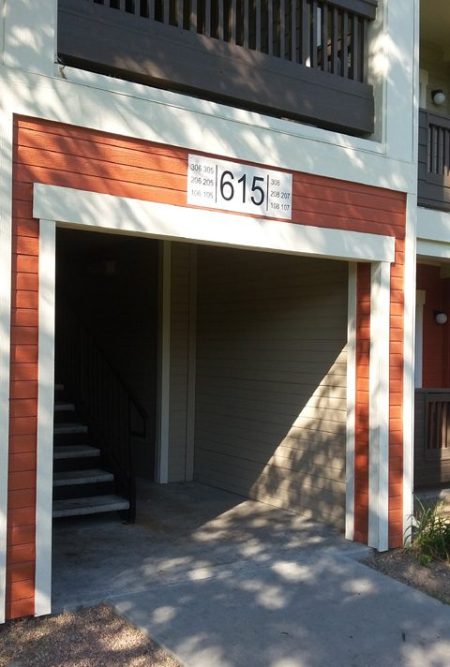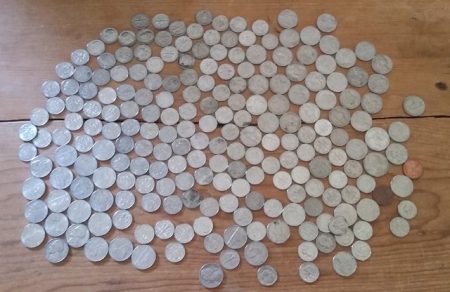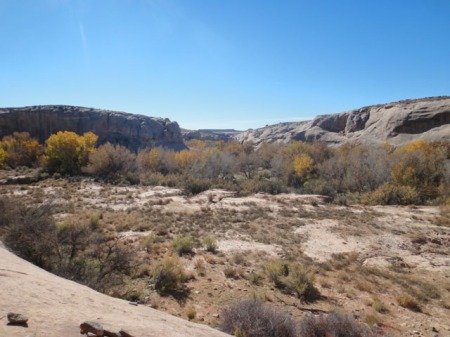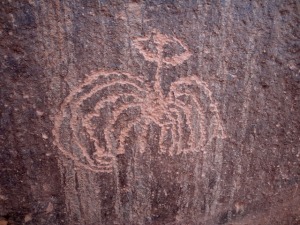On a recent morning I took an early walk to our local coffee shop. After getting a cup of coffee, I continued on my walk to another destination a few blocks away. But as I rounded the first corner and was about to cross the street, I noticed a coin at my feet- a dime. I thought”I should pick that up”… and then I noticed another. Next thought, “I’ll pick up both f them.” But then I noticed something else shining out in the middle of the street. Scanning the area, I picked up 4 or 5 more shimmering coins in the early morning sun. I picked them all up and stood pondering some 55 cents in my hand and why the coins were there: there was a parking space nearby- perhaps someone getting out of a car dropped them? But they were scattered, too far from the parking space, out into both directions of traffic. My tracking exercise for the day had begun.
While nearly all of my tracking training takes place in the bush, and most of it in Utah, I will take any challenge I can get. Not only did a few coins on the ground offer me an opportunity to track, but it offered a mystery to ponder: why were coins scattered in the street? It didn’t make sense that they were dropped exiting a car; how did they get distributed as they did? And why did someone not pick them up after dropping them?
After pocketing the coins I walked off towards the west, down the middle of the street (I was still in a small parking lot), scanning carefully, looking for more “sign”. I quickly picked up more dimes, and a few nickles. Standing at an intersection in the parking lot, I had lost sight of sign ahead. West lead to an empty stretch of road for a while, then to another small strip mall. Instead I turned around toward the east and walked in the direction of many blocks of apartment buildings.
To shorten what could be a long and detailed story, I spent the next hour slowly walking down streets- usually close to the gutter and sidewalk, and with traffic for me, crossing the street a couple of times, down sidewalks, through apartment parking lots, through breezeways, and even through a play area and around an apartment’s pool area. By the time I arrived at the east end nearly an hour later I had two pockets full of change. This end- which was undoubtedly the beginning for the dropper-of-coins, was at a staircase in a breezeway leading to 4 upstairs apartments in one of the complexes. I confirmed the lack of further sign by casting out in all directions from my last definite sign, essentially doing a lost track drill from the base of the stairs, not once but twice. Not a coin was to be found. Next I backtracked, double-checking, finding a couple of missed coins, all the way to my western-most point. I cast out from there and found the trail once again. It only lead me a little further along the road just across from the strip mall, and essentially to the front of a small shop that sold cigarettes.
My conclusion about my exercise: a person had left their apartment building possibly in a time of limited light (the reason they may not have seen the dropping coins) and/or because they had ear buds in their ears and couldn’t hear the coins dropping. They either held the coins in a bag (a plastic shopping bag perhaps as they always come with a ready-to-tear seam in the bottom), or more likely in an unzipped pocket, or pocket with a small tear, of a backpack. They likely rode a bicycle (many were found locked at the bottom of the apartment stairs) towards the strip mall end-point. The bicycle theory is based on the winding trail of coins, the fact the more coins were found where the quarry rode off a sidewalk onto the street (the bounce forced more coins to fall), and the path staying on concrete or asphalt, and when in the street, close to the gutter and in the direction of traffic. There were plenty of places where a person walking would have cut across grass, or between parked cars for example, but a bike would go around which it clearly did.
All in all it was a great morning walk, and a welcome and unexpected chance to do some tracking. And in the end, with $20.38 in coins in my pockets, I was set for coffee for the rest of the week! For more on our tacking endeavors visit the Desert Explorer tracking pages and be sure to see our recommended books on tracking.





 Posted by desertexplorer
Posted by desertexplorer 























